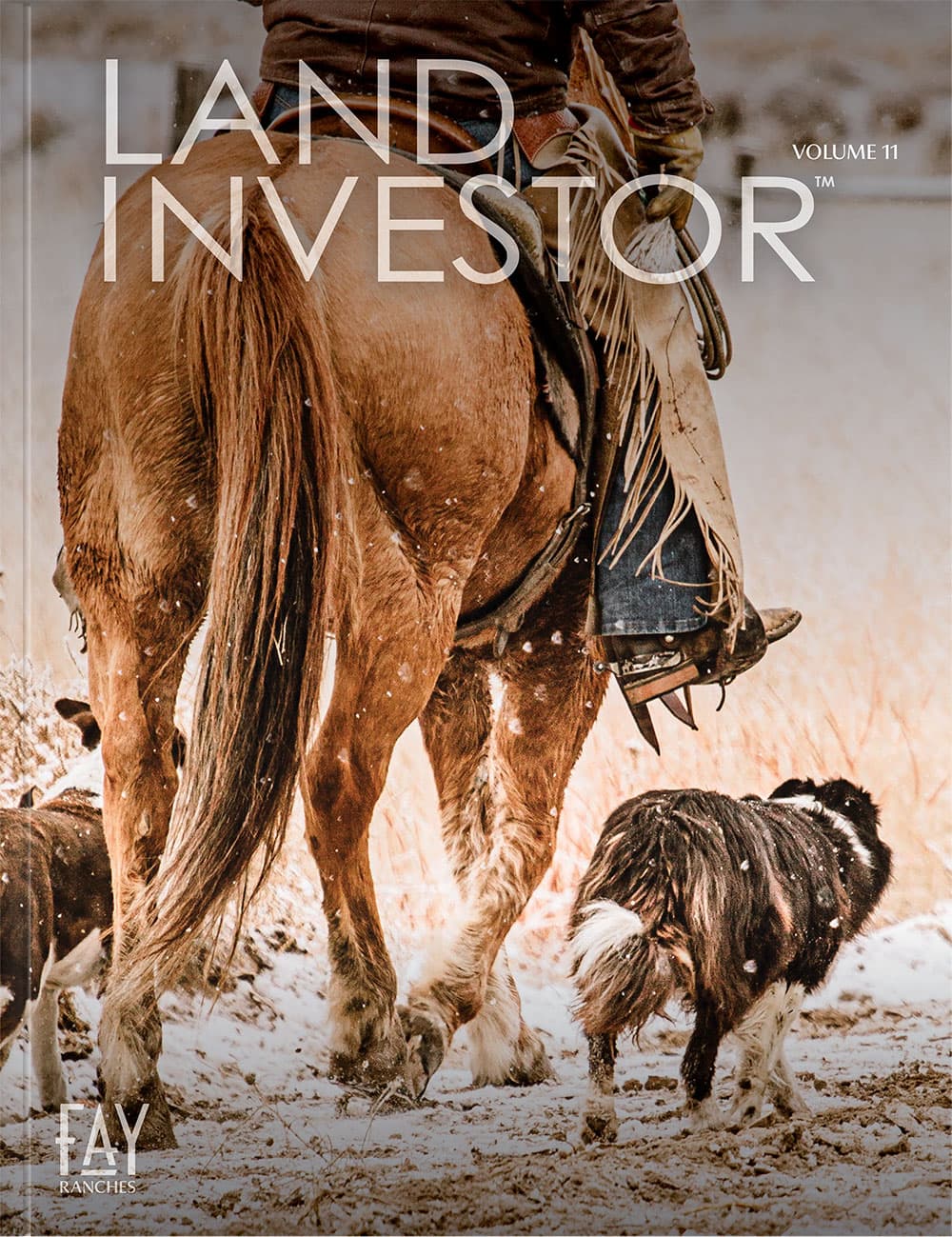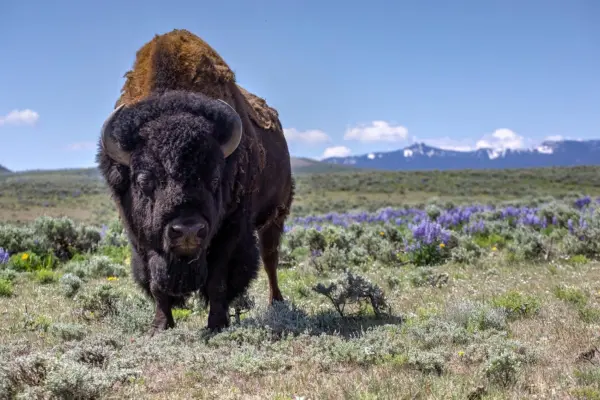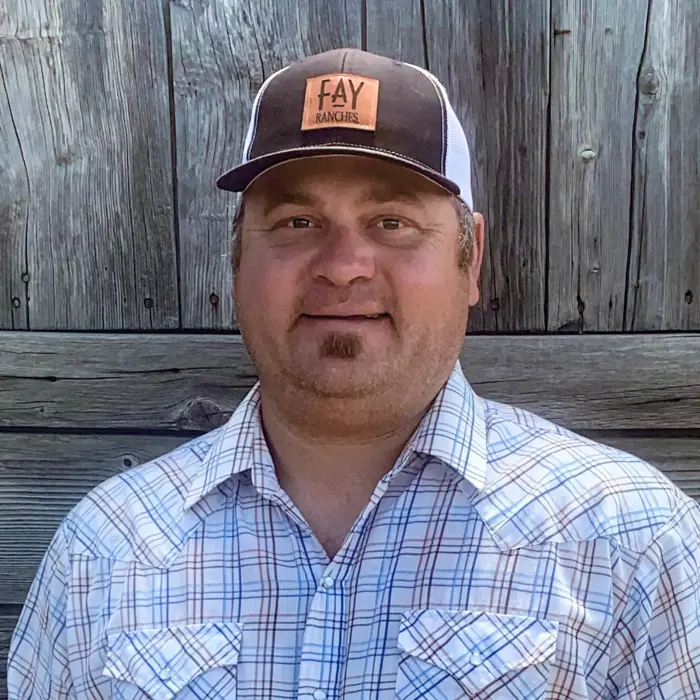When buying a new farm or ranch, it can be easy to overlook the potential cost, time, and effort of
personalizing fencing applications. Fencing needs will vary widely from property to property, based
on the previous operations of the farm or ranch, how the fencing was kept up, and whether or not
the fence is on the property line. The major consideration when choosing your fencing comes down
to function; this includes lines, gate locations, and materials used. We will break down these key
elements to get a better understanding of the cost, time, and effort involved to optimize the fencing
inputs involved for your new property.
When looking at your operation, consider how to optimize the ease of flow for your needs.
Questions you will want to ask yourself include how you plan on breaking up the property for
livestock pastures, farm ground, and areas you will want to have cut off from livestock, such as
houses, outbuildings, roadways, as well as waterways where you may not want erosion to take place.
Also, you might want to think of keeping out potential predators, if you want your fence to be
aesthetically pleasing, and if your budget and timeline allow for the type of fencing you select. It may
take some time to realize what is going to work best for your needs, so use caution, and keep an
open mind for potential adjustments or additions to fence lines.
The best way to get started on planning your fencing is to look at a map and mark existing fence
lines. This will give you a great bird’s eye view of how your fence lines work with the landscape.
Check to see if you are utilizing your property in a manner that works best for your animals with
respect to water availability, as well as to grazing optimization. This will allow you to get perspective
on adding or subtracting interior fence lines. Also, mark out gate locations; when moving animals,
strategic gate locations will allow easier, less disastrous drives. Wide gates positioned in corners or
natural passages will be easier to move animals through than narrow, awkward areas. I like tall posts
on gates in open areas, so the animals can see these gates from long distances; the posts act as a
waypoint for lead animals. Wide gates are also necessary for large equipment, such as swathers,
combines, and semis, to enter or exit pastures or farm ground.









